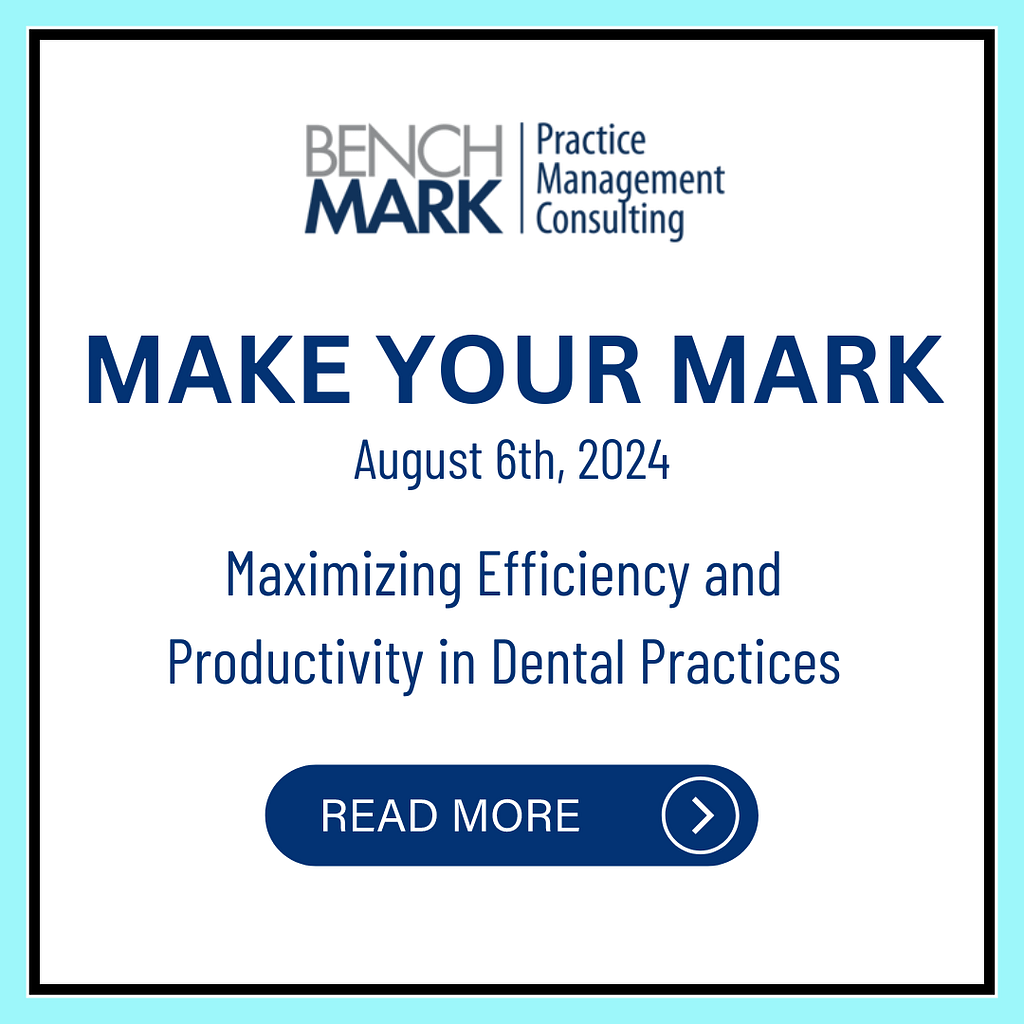Effectively managing the doctor’s schedule is pivotal to the operational efficiency of a dental practice. A well-planned schedule ensures that the practice can serve patients effectively, maintain high-quality care, and optimize the use of practice resources.
Here’s how to strategize the use of time in a doctor’s schedule to enhance productivity and patient satisfaction:
Strategic Planning of Procedures
Begin the day with prioritizing complex procedures or those requiring a high level of precision. Dentists are typically most focused and fresh during the morning hours. Scheduling demanding procedures early can lead to better execution and patient outcomes.
You can organize the schedule by clustering similar types of procedures together. This may reduce the time required for preparation and cleanup between appointments, if all of your materials are out already and will increase overall efficiency.
Efficient Consultation Management
Allocate specific times during the day solely for patient consultations, especially for new patients or those discussing significant treatment plans. This dedicated time slot prevents consultations from spilling over into treatment times and helps in managing the day predictably. Prior to lunch is always a great time for these appointments.
Ensure your practice has pre-appointment preparations in place. Encourage patients to fill out any necessary forms online before their visit. This streamlines the consultation process, allowing the dentist to focus more on patient interaction and less on paperwork.
Streamlining Administrative Tasks
Ensure that tasks such as patient follow-ups, appointment scheduling, and billing are handled by administrative staff or automated systems. This frees up the dentist to focus entirely on clinical care. Simply stated, delegate any and every thing you can to maximize administration.
Check your technology! Utilize practice management software to automate parts of the scheduling process, including appointment reminders and follow-up communications. This reduces no-shows and last-minute cancellations, maintaining a steady and predictable schedule.
Incorporating Buffer Times
Have a plan for unexpected delays. Incorporate short buffer periods after complex procedures or before and after the lunch break to accommodate any unforeseen delays. These buffers help maintain a smooth flow throughout the day without overrunning into subsequent appointments.
While maintaining a structured schedule, remain flexible to some degree to accommodate emergency cases or last-minute changes. This balance is crucial for maintaining patient trust and satisfaction, particularly in urgent situations.
Regular Review and Adjustment
Regularly review the effectiveness of the scheduling strategy. This includes tracking the duration of various types of appointments and adjusting scheduled times based on actual data. What works one month might need adjustment the next as the practice evolves and grows. Monitor and optimize is key.
Lastly, regularly solicit feedback from the staff about the scheduling process. Their insights can help identify bottlenecks or inefficiencies that the dentist might not notice.
An optimized doctor’s schedule is key to a successful dental practice. Prioritizing and clustering procedures, managing consultations efficiently, delegating administrative tasks, incorporating buffer times, and regularly reviewing scheduling practices, practices can enhance its operational efficiency.
Ultimately, this leads to better patient care, higher job satisfaction among staff, and improved overall productivity of the practice.




